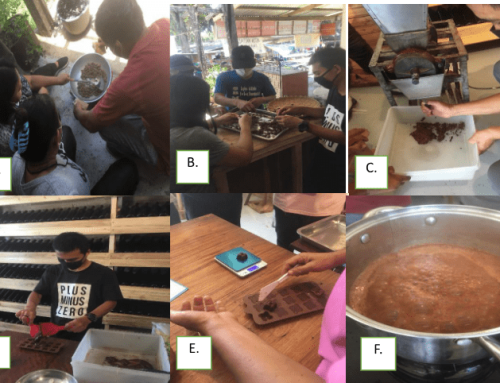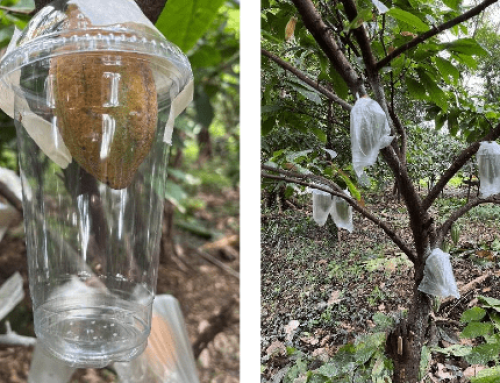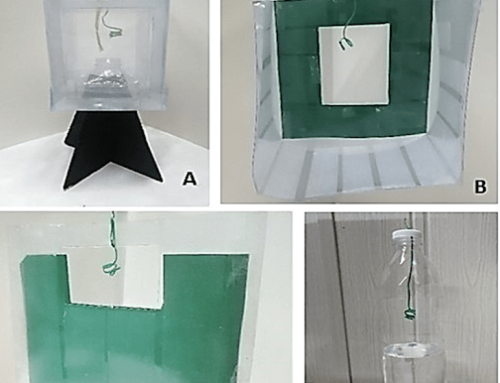In this Article
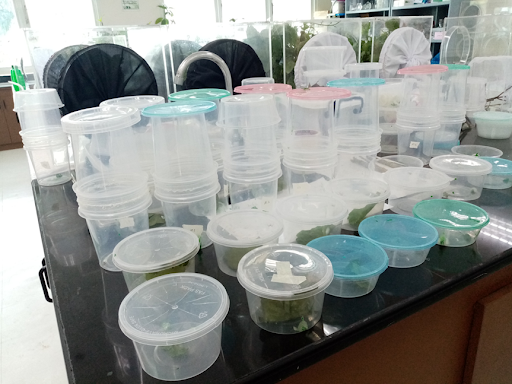
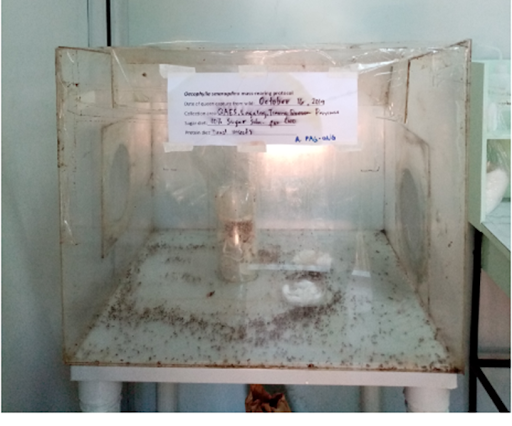
The most important insect pests of cacao in the Philippines are cacao pod borer (CPB), Conopomorpha cramerella (Snellen) and cacao mirid bug (CMB), Helopeltis bakeri Poppius, both insects attack the pods, which can lead to significant decreases in production if their populations are not managed. Farmers usually resort to the use of chemical control, but this is becoming unpopular because of the high cost and health risk to people and the environment. Alternatively, sleeving or bagging of pods with plastic is being used but this is labor intensive and costly. The use of biological control agents such as the predators was explored in the control of CPB and CMB. Two key predators were found in direct association and abundant in the cacao fields, namely: Oxypes javanus, the lynx spider; and Oecophylla smaragdina, the red weaver ant. The rearing system was developed for the two predators. In O. javanus mass rearing using artificial diet was successful, which generated 2 generations. Likewise, mass rearing of O. smaragdina was successful with the development of full colonies. However, the cost for the mass rearing system for both predators to produce enough adults for release in the field was very expensive and uneconomical. To address this issue, we developed protocols for the augmentation and conservation of the two predators in the cacao field.

